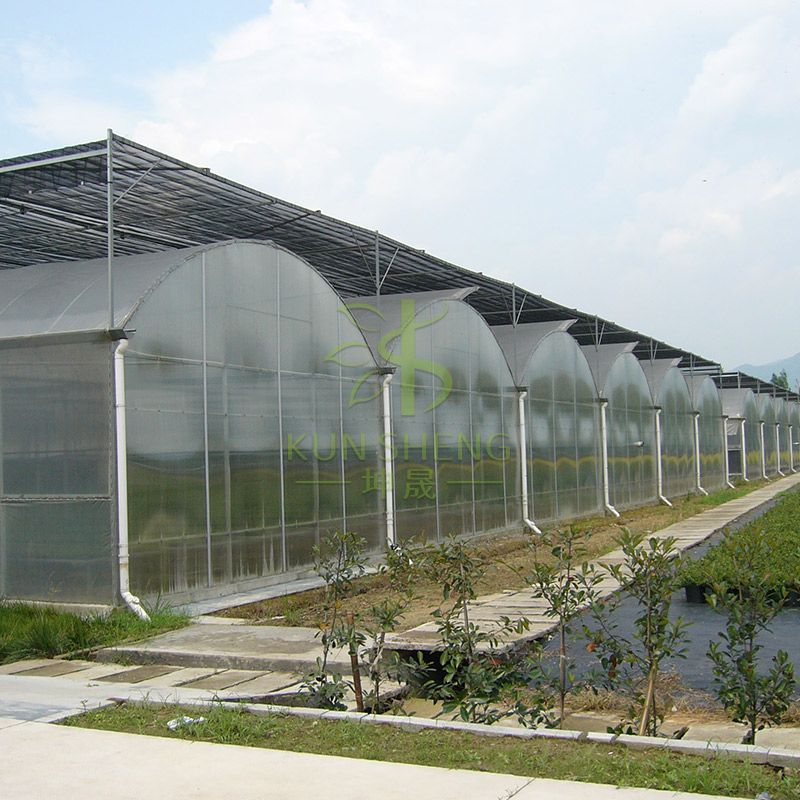How long do commercial greenhouses last?
The lifespan of commercial greenhouses can vary significantly depending on several factors, including the quality of materials used, maintenance practices, environmental conditions, and the level of technological advancement. However, a well-constructed and properly maintained commercial greenhouse can last anywhere from 20 to 30 years or even longer. Here are some key factors that influence the longevity of commercial greenhouses:
1. Quality of Materials: The choice of materials is a crucial determinant of a greenhouse's lifespan. High-quality structural components, such as aluminum or galvanized steel, and durable glazing materials, such as polycarbonate or tempered glass, can significantly extend the greenhouse's life. Cheaper, less durable materials may require more frequent repairs or replacement.
2. Maintenance: Regular maintenance plays a vital role in extending the lifespan of commercial greenhouses. This includes cleaning the glazing, inspecting and repairing structural components, and ensuring that the ventilation, heating, and cooling systems are in good working order. Neglecting maintenance can lead to premature deterioration.
3. Environmental Conditions: The climate and environmental conditions in the region where the greenhouse is located can impact its longevity. Greenhouses in areas with extreme weather conditions, such as heavy snow loads, high winds, or intense UV exposure, may experience more wear and tear and may require more frequent repairs and replacements.

4. Technological Advancements: Advances in greenhouse technology and design can also influence the lifespan of commercial greenhouses. Modern greenhouses often incorporate features such as automated climate control systems, energy-efficient glazing, and improved structural designs, which can enhance durability and efficiency.
5. Pest and Disease Management: Proper pest and disease management practices within the greenhouse can prevent infestations that could damage the structure and shorten its lifespan. Integrated pest management (IPM) strategies can help maintain a healthier greenhouse environment.
6. Use and Purpose: The intensity and type of agricultural activities within the greenhouse can affect its lifespan. Heavy equipment use, frequent alterations to the structure, or specialized growing systems may impact durability.
7. Maintenance Budget: Adequate budget allocation for ongoing maintenance and repairs is crucial for prolonging the life of a commercial greenhouse. Regular inspections and timely repairs can address issues before they escalate and become more costly to fix.
8. Retrofitting and Upgrades: In some cases, older greenhouses can be retrofitted or upgraded to extend their usefulness. This may involve replacing outdated components, improving insulation, or adding new technology to enhance energy efficiency and productivity.
It's important to note that while 20 to 30 years is a common range for the lifespan of commercial greenhouses, some Agriculture Greenhouses have been known to remain in operation for much longer with proper care and maintenance. Conversely, neglecting maintenance and exposure to harsh conditions can shorten a greenhouse's lifespan significantly.
In conclusion, the longevity of commercial greenhouses is influenced by a combination of factors, including materials, maintenance, environmental conditions, and technological advancements. A well-built greenhouse with regular upkeep can provide decades of service, contributing to sustainable and efficient agricultural practices.
722
0
0
Next: None


Comments
All Comments (0)